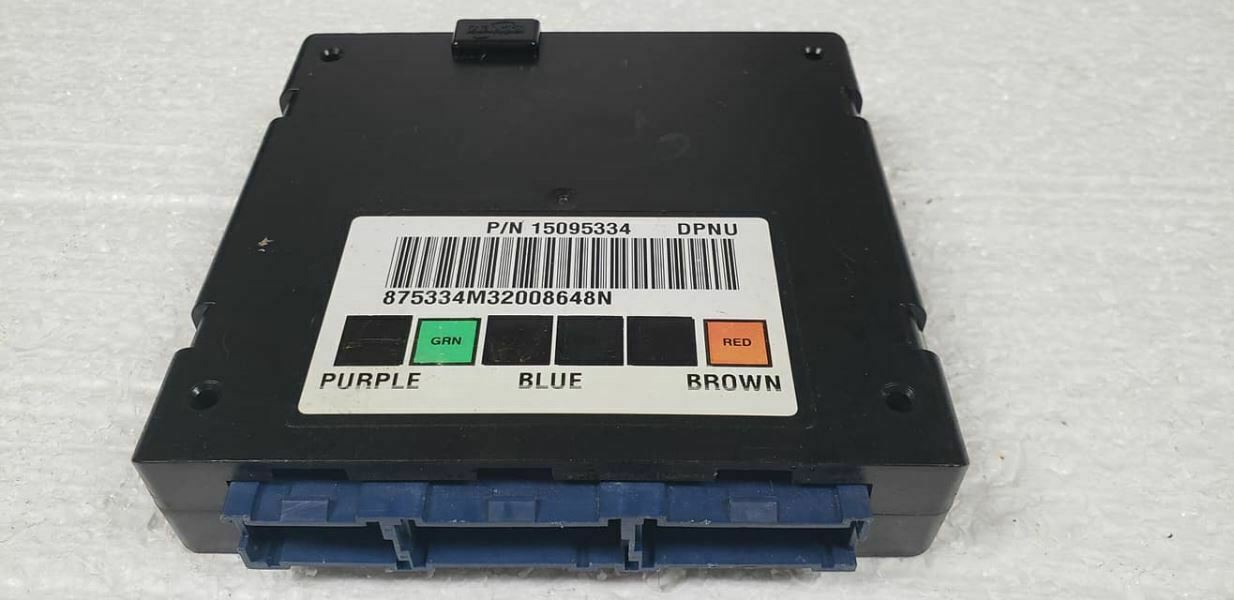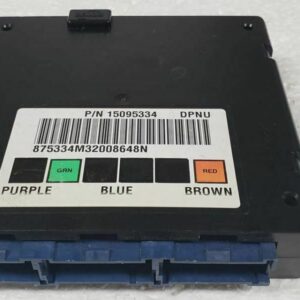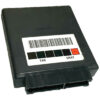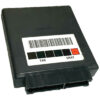Restore Peak Performance to Your GM Truck, Van, or SUV
Are you chasing electrical gremlins in your GM vehicle? Intermittent power windows, flickering dash lights, a security system that acts up, or even a frustrating no-start condition can often be traced back to one component: the Body Control Module (BCM). As a technician with over two decades of experience, I’ve seen firsthand how a failing BCM can cause a cascade of confusing and seemingly unrelated problems. It’s the central hub for your vehicle’s body electronics, and when it starts to fail, it can make your reliable truck or SUV feel haunted.
This isn’t just a replacement part; it’s a complete, hassle-free solution. We provide a high-quality 2002-2005 GM BCM that is professionally programmed to your vehicle’s specific Vehicle Identification Number (VIN) before it ships. This means you can skip the expensive trip to the dealership and the need for specialized programming tools. We load the latest GM software updates, ensuring optimal communication between all your vehicle’s modules and restoring the functionality you depend on every day.
Case Study: A Tricky Diagnosis
A customer brought in his 2002 Silverado 1500 last month with a truly baffling set of symptoms. The radio would turn on by itself, the dome light wouldn’t turn off, and occasionally, the truck would refuse to crank, leaving him stranded. He had already replaced the battery and checked the alternator. After hooking up my diagnostic scanner, I found a slew of communication error codes pointing away from the BCM. However, experience has taught me that a failing BCM is often the ‘puppet master’ creating these ghost codes. We swapped in a VIN-programmed BCM, and instantly, all the phantom electrical issues vanished. It’s a classic failure pattern for these vehicles, and this part is the definitive fix.
Common Signs of a Failing BCM
- ✔ Erratic or non-functional power windows, door locks, and mirrors.
- ✔ Interior or exterior lights staying on or not working at all.
- ✔ The security or anti-theft light is illuminated on the dash, preventing the engine from starting.
- ✔ Inconsistent or dead dashboard gauges.
- ✔ Horn activating randomly or not working when pressed.
- ✔ Communication errors with other vehicle modules (DTCs).
- ✔ Problems with keyless entry remote functionality.
Your Straightforward Installation Guide
Installing your new BCM is a manageable job for a confident DIYer. While the exact location varies slightly by model (see fitment list), the process is generally similar.
- Safety First: Always disconnect the negative terminal from your vehicle’s battery and wait a few minutes before beginning work.
- Locate the BCM: On most trucks and SUVs, it’s under the driver’s side of the dashboard, near the steering column. On vans and S-series trucks, it’s often behind the center dash panel.
- Disconnect and Remove: Carefully unplug the electrical connectors. They have locking tabs that need to be depressed. Once disconnected, unbolt or unclip the old BCM from its mounting bracket.
- Install the New Module: Mount your new, pre-programmed BCM in the same location. Securely plug in all the electrical connectors, ensuring they click into place.
- Perform Final Procedures: Reconnect the battery terminal. You will need to perform the required post-installation procedures as outlined below to ensure full system functionality.
CRITICAL: Post-Installation Steps
After installing your new 2002-2005 GM BCM, a few final steps are required to sync the new module with your vehicle’s safety systems. Failure to do so can result in warning lights and improper operation.
- Airbag System Reset: The ‘Setup SDM Primary Key in BCM’ procedure must be performed with a compatible high-level scan tool. This re-establishes the critical communication link between the BCM and the airbag system (SDM), which will clear the airbag warning light. This is a vital safety step.
- Brake Pedal Position Sensor (BPPS) Relearn: Some vehicles may require the BPPS to be recalibrated. This ensures the BCM receives the correct signal from the brake pedal, which is essential for proper brake light operation and stability control functions.
Note: If you are not equipped with a diagnostic tool capable of these functions, a professional mechanic can typically perform these relearn procedures for you.
Will This Fit My GM Vehicle?
This module is a direct-fit replacement for the following part numbers: 15063578, 15081796, 15095334, 19208537, DKAK, DPNU. It is compatible with these models:
- Avalanche 1500: 2002 (4×2)
- Astro Van: 2002-2005
- Blazer S10 / Jimmy S15: 2002-2005
- Escalade: 2002 (4×2)
- S10 / S15 / Sonoma Pickup: 2002-2004
- Safari Van (GMC): 2002-2005
- Sierra 1500 / 2500 / 3500 / Denali: 2002
- Silverado 1500 / 2500 / 3500: 2002
- Suburban 1500 / 2500: 2002
- Tahoe: 2002 (4×2)
- Yukon / Yukon XL 1500 / Yukon XL 2500: 2002
Frequently Asked Questions
How does the VIN programming work?
After you complete your purchase, simply send us your 17-digit VIN. Our technicians will use it to access the latest GM software for your specific vehicle and flash the BCM before shipping. This ensures it works correctly right out of the box, saving you a trip to the dealer.
Do I need to send my old BCM back?
No, there is no core charge or need to return your original module. You are purchasing this unit outright.
Is this part difficult to install myself?
For someone with basic mechanical skills and tools, the physical replacement is straightforward. The most critical part is performing the post-installation relearn procedures (for the airbag and possibly brake sensor), which require a capable scan tool.
Will this fix my ‘Service 4WD’ light?
While a BCM can cause a wide range of issues, a ‘Service 4WD’ message is more commonly related to the Transfer Case Control Module (TCCM), the encoder motor, or the dash switch. It’s best to diagnose that specific system first.
What happens if I don’t do the airbag system reset?
The airbag warning light will remain on, and more importantly, the airbag system may not function correctly in the event of a collision. This is a critical safety procedure that should not be skipped.



